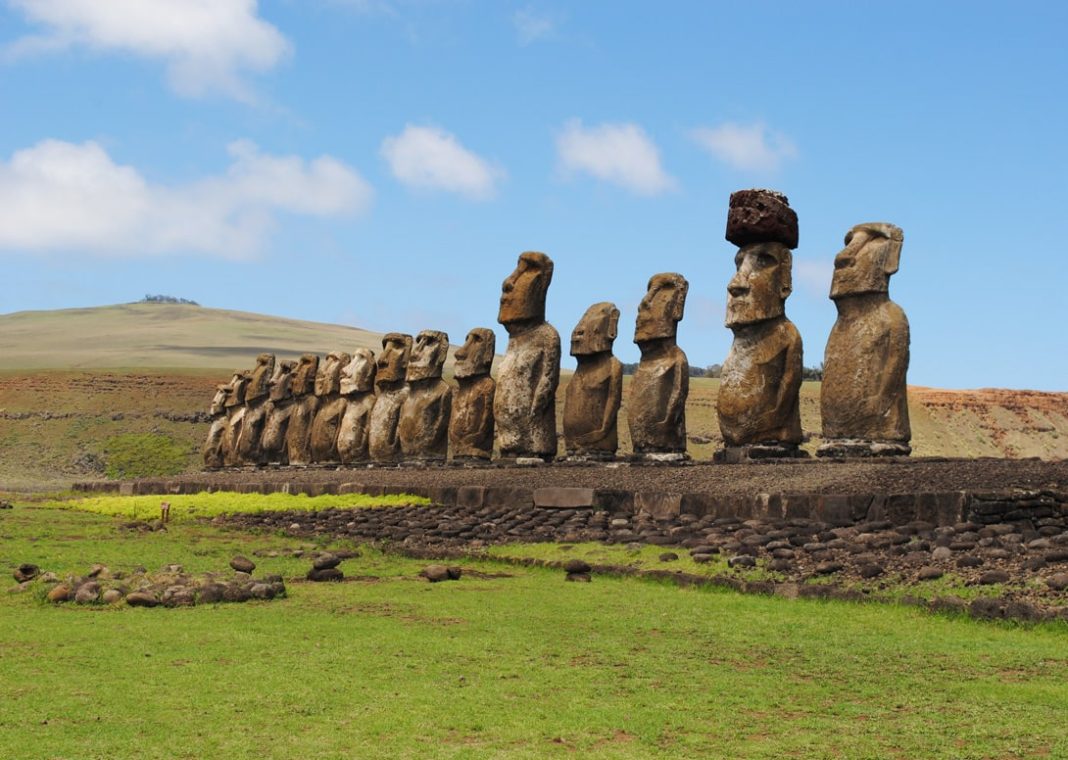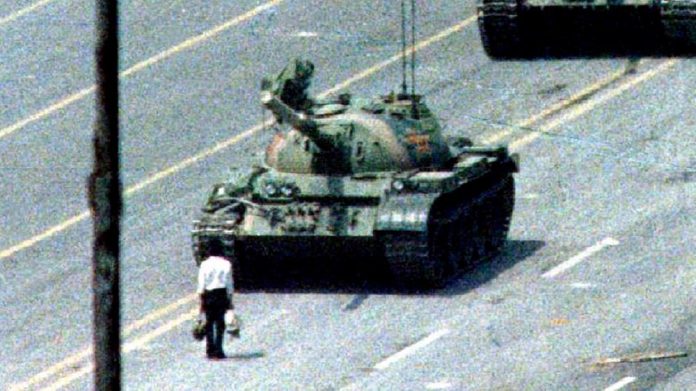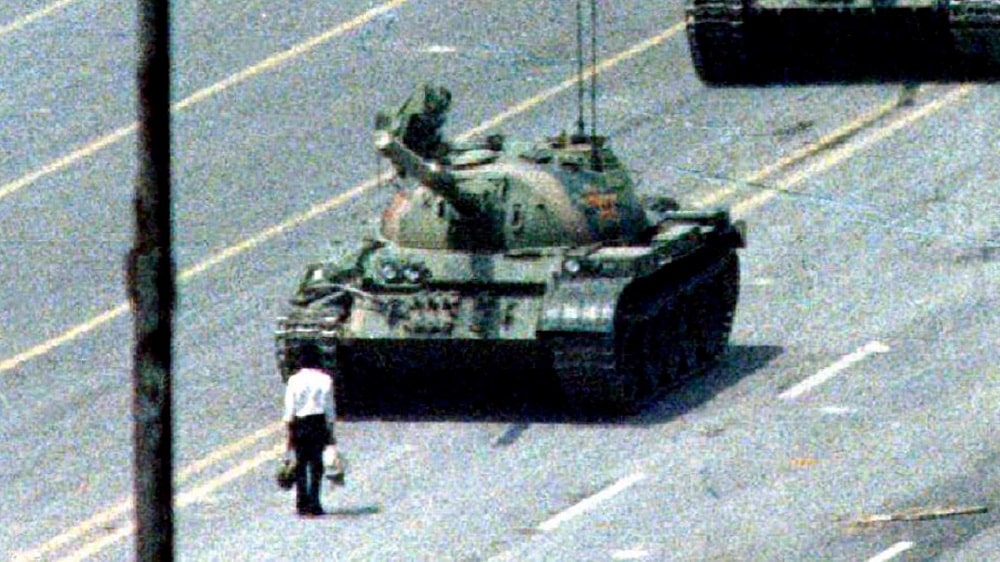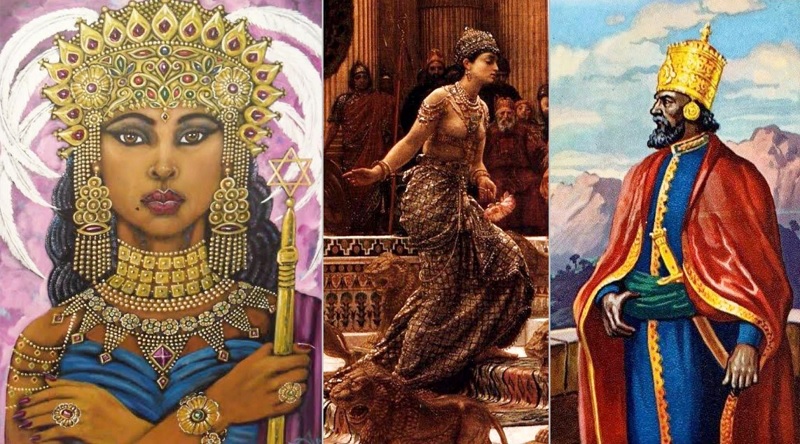Easter Island, a remote speck of land in the vast Pacific Ocean, is best known for its colossal Moai statues. These monolithic figures, carved from compressed volcanic ash, have become a symbol of human ingenuity and an enduring enigma.
Standing stoic across the island, they spark countless questions: Who built them? What purpose did they serve? And most importantly, why did the Easter Islanders stop creating these awe-inspiring monuments?
For centuries, the reasons behind the decline of Moai Statues production have remained shrouded in mystery. Theories range from environmental degradation to internal conflict, each piece adding to the puzzle of this fascinating civilization.
In this comprehensive exploration, we’ll delve into the rise of the Moai, examining the engineering feats behind their creation and the cultural significance they held for the Rapa Nui people.
We’ll then embark on a journey through time, uncovering the potential reasons behind the halt in Moai Statues production. Join us as we explore deforestation, the rise of the Birdman cult, and the possibility of internal warfare, all vying to explain the enigmatic disappearance of new Moai statues from Easter Island’s landscape.
Prepare to be captivated by the latest archaeological findings, captivating visuals, and unanswered questions that continue to fuel our fascination with these silent sentinels.
The Rise of the Moai: A Culture Carved in Stone
Easter Island, also known as Rapa Nui by its Polynesian inhabitants, sits like a lone emerald in the vast expanse of the Pacific Ocean. Roughly 2,300 miles (3,700 kilometers) off the coast of Chile, this volcanic island holds a captivating mystery – the colossal Moai statues. These monolithic figures, carved from compressed volcanic ash, have become a symbol of human ingenuity and an enduring enigma.
The first Polynesians arrived on Rapa Nui around 1200 AD, bringing with them their culture, language, and reverence for their ancestors. Exactly how they navigated such a vast distance remains a topic of debate, but their arrival marked the beginning of a unique society on the island. Early Rapa Nui society flourished, with evidence suggesting a complex social structure, sophisticated agriculture, and a rich artistic tradition.
It’s within this context that the Moai statues emerged, likely sometime between the 12th and 15th centuries. Carved from Rano Raraku, a volcanic quarry in the island’s interior, these statues stand as testament to the islanders’ remarkable engineering feats. The average Moai stands at about 13 feet (4 meters) tall and weighs around 14 tons. However, some giants tower even higher, with the largest unfinished Moai estimated at a staggering 69 feet (21 meters) and 270 tons!
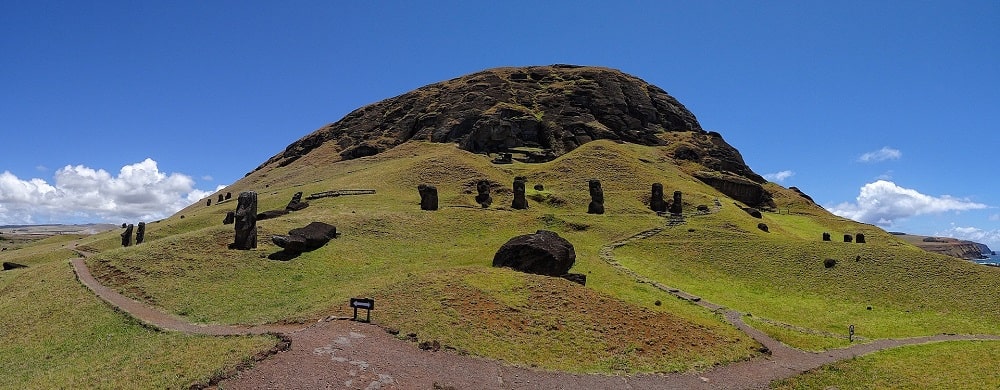
The exact process of carving and transporting these behemoths remains a subject of ongoing research. Archaeological evidence suggests the islanders used a combination of fire, stone tools, and ingenious leveraging techniques to move the statues upright. Once erected on ceremonial platforms around the island, the Moai are believed to have represented the spirits of ancestors, deified chiefs, or powerful deities. These statues served as a physical link between the living and the spiritual realm, acting as guardians and sources of mana (spiritual power) for the Rapa Nui people.
The flourishing period of Moai production is estimated to have lasted for several centuries. Hundreds of statues were quarried, carved, and transported across the island, a testament to the dedication and organizational prowess of Rapa Nui society. However, by the 17th century, Moai production had come to a halt. The reasons behind this remain shrouded in mystery, but the following sections will explore some of the leading theories that attempt to explain why the Moai statues ceased to be carved.
Shifting Sands and Societies: Deforestation and Resource Strain
The enigmatic decline of the Moai statues on Easter Island can’t be fully understood without considering the dramatic environmental changes the island underwent. Evidence suggests that when the Polynesians first arrived, Rapa Nui was cloaked in lush forests. These forests provided a vital source of resources for the islanders, including timber for building houses, canoes, and, crucially, the tools and rollers needed to move the massive Moai statues.
However, over several centuries, the once-verdant island fell victim to extensive deforestation. The growing population likely placed a heavy strain on the available trees, as they were used not only for construction but also for fuel and as a source of hard wood for carving tools. The arrival of Polynesian rats, stowed away on voyaging canoes, further compounded the problem. These introduced rodents are adept at climbing and destroying trees, accelerating the deforestation process.
The consequences of deforestation were far-reaching. Without trees to hold the soil in place, erosion became a major issue. Topsoil washed away, leading to a decline in agricultural productivity. The lack of trees also meant a scarcity of suitable wood for building canoes, hindering fishing capabilities. This environmental degradation placed immense pressure on Rapa Nui’s resources, impacting not only the islanders’ daily lives but also their ability to sustain the monumental undertaking of creating new Moai statues.
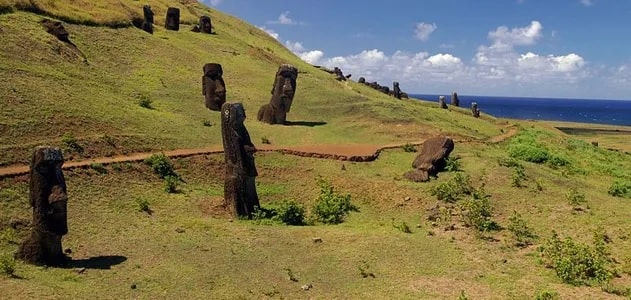
In a desperate attempt to salvage their dwindling agricultural output, the Rapa Nui people turned to a novel technique – rock gardens. These involved cultivating crops in small, sunken pits filled with volcanic rock. The rocks helped to retain moisture and suppress weeds, offering a more sustainable solution in the deforested landscape. The rise of rock gardens highlights the islanders’ remarkable adaptability in the face of environmental challenges.
However, this shift in agricultural practices also likely played a role in the decline of the Moai. Rock gardens required less land but more intensive labor. The islanders’ focus may have shifted towards ensuring their basic survival, leaving less manpower and resources available for the large-scale quarrying, carving, and transportation of the Moai statues. The once-venerated statues may have become a symbol of a bygone era, a reminder of a time when resources were plentiful and societal priorities lay elsewhere.
While deforestation is a strong contender in explaining the decline of Moai production, it’s likely just one piece of the puzzle. The following sections will explore other theories that delve deeper into the complex reasons behind this fascinating historical mystery.
The Birdman Cult Takes Flight: A Change in Spiritual Focus
As the Moai statues faded from the landscape of Easter Island, another captivating element emerged in Rapa Nui culture – the Birdman cult. This unique belief system, centered around the worship of the migratory sooty tern (manu tara), arose sometime around the 15th or 16th century. The Birdman cult offered a new spiritual focus, potentially contributing to the decline in the creation of new Moai.
The rituals of the Birdman cult were elaborate and dangerous. Every year, representatives from each clan would gather at Orongo, a ceremonial village perched on the rim of a volcanic crater. Here, they competed in a daring contest to retrieve the first egg laid by the sooty terns nesting on nearby Motu Nui, a small islet. Contestants would swim the treacherous waters, climb the precarious cliffs, and face off against rivals to claim the coveted prize. The winner, crowned the “Tangata Manu” (Birdman), was not only celebrated but also considered to embody a sacred connection with the spirit world.
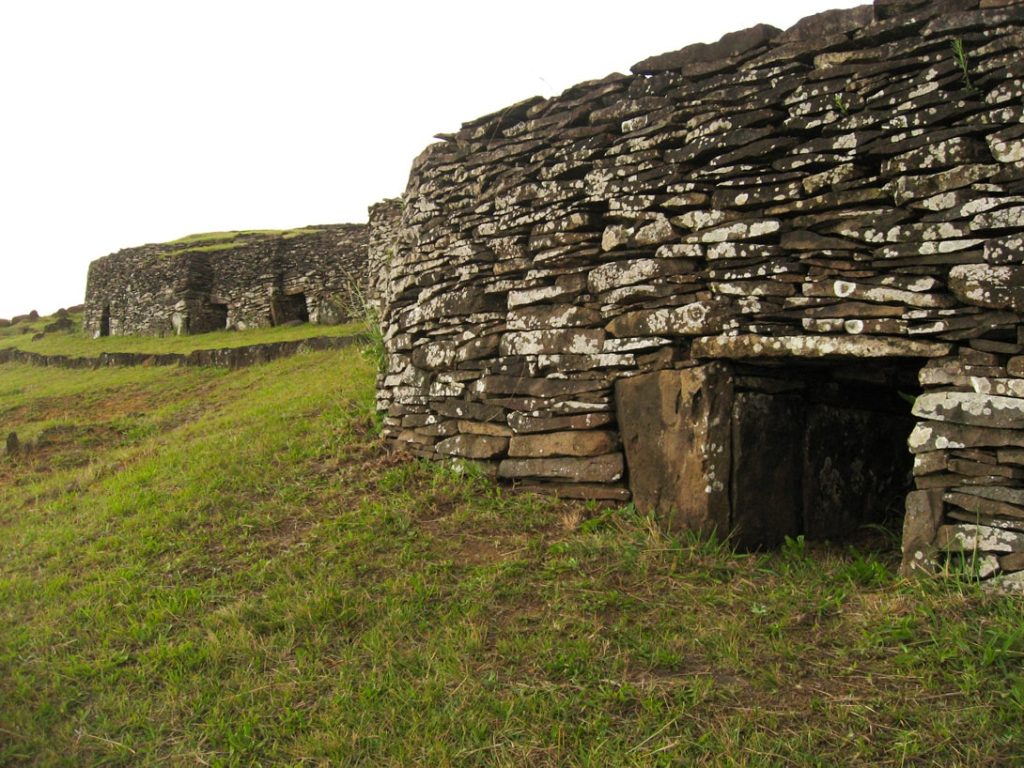
The Birdman cult, like the veneration of the Moai statues, was deeply rooted in ancestral worship. The sooty tern was believed to carry the spirit of the founding ancestor, Makemake, the god of fertility and creation. By retrieving the first egg, the Tangata Manu became a vessel for this powerful mana (spiritual energy), ensuring prosperity and well-being for his clan.
This shift in spiritual focus from the monumental Moai statues to the Birdman cult suggests a potential change in how the Rapa Nui people viewed their connection to the ancestors. The Moai, once revered as physical manifestations of ancestral spirits, may have been gradually replaced by the Birdman as the primary conduit between the living and the dead. The elaborate rituals and fierce competition associated with the Birdman cult may have also demanded a significant investment of time and resources. This, coupled with the ongoing environmental challenges, could have further strained the islanders’ capacity to continue the production of the massive Moai statues.
The rise of the Birdman cult doesn’t necessarily negate the importance of the Moai. These statues likely remained significant cultural landmarks, holding a place in Rapa Nui’s history and mythology. However, the emergence of a new, dynamic spiritual practice might have shifted the focus of the islanders’ energy and resources, leading to a decline in the creation of these enigmatic monuments. The following sections will delve deeper into other theories that explore the potential reasons behind the decline of the Moai.
Tribal Tensions and Toppled Titans: Internal Conflict and the Fate of the Moai Statues
The enigmatic decline of the Moai statues on Easter Island isn’t solely a story of environmental pressures and shifting beliefs. Archaeological evidence and oral histories suggest a darker possibility – that internal conflicts and societal instability may have played a significant role.
Competition for dwindling resources and a growing population on Easter Island could have fueled tensions between different tribes. As deforestation and environmental degradation took hold, the struggle for fertile land, food, and freshwater may have intensified. This competition could have easily escalated into conflict, fracturing the once-unified Rapa Nui society.
Evidence from archaeological digs reveals a disturbing trend – many of the existing Moai statues were found toppled and broken. This deliberate destruction could be interpreted as a form of warfare, with rival tribes toppling each other’s Moai as a symbolic act of dominance or a way to sever the connection between the victors’ enemies and their ancestral spirits. Alternatively, the Moai may have been seen as a drain on resources, and their destruction could have freed up manpower and materials for more immediate needs like building fortifications or weapons.
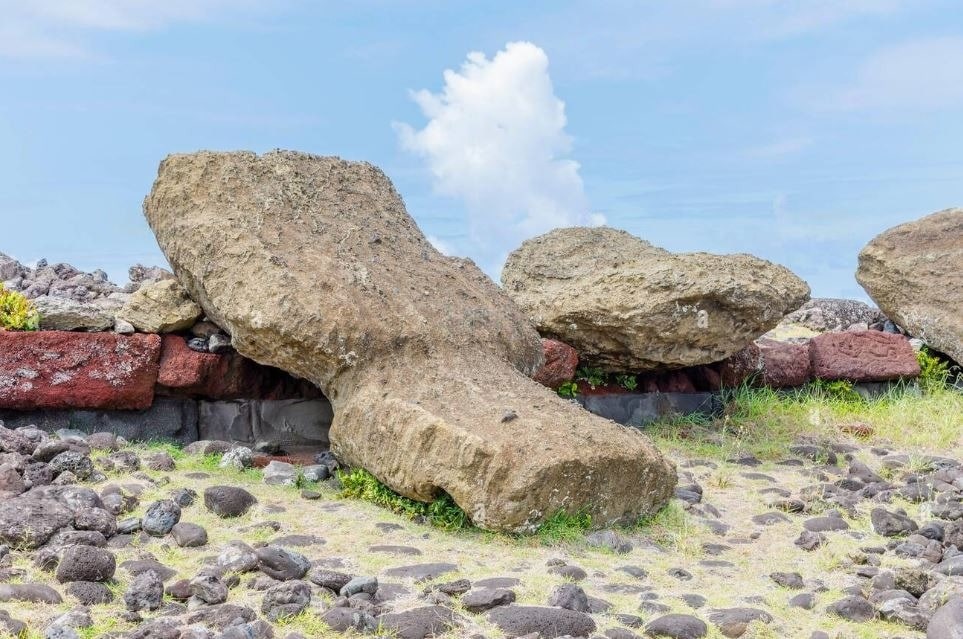
The rise of internal conflict would have undoubtedly impacted the creation of new Moai statues. The focus of Rapa Nui society may have shifted from monumental construction projects to survival and defense. Resources that were once channeled into carving and transporting massive statues would have been diverted towards building weapons and strengthening defenses. The intricate social organization required to manage the large-scale Moai projects could have also crumbled under the strain of internal strife.
The theory of internal conflict paints a grim picture of the final days of Moai production on Easter Island. It’s important to note that this is just one piece of the puzzle. The following sections will explore other contributing factors that might help us understand the complex reasons behind the decline of these fascinating monuments.
The Moai Legacy: Unanswered Questions and Enduring Allure
The colossal Moai statues of Easter Island stand as a testament to a bygone era, a civilization with remarkable engineering feats and a deep connection to its ancestors. However, the reasons behind the abrupt halt in Moai production remain a topic of ongoing debate and fascination.
Several key theories have emerged to explain this historical mystery. Deforestation and environmental degradation likely played a significant role, straining the islanders’ resources and making the monumental task of carving and transporting Moai statues increasingly difficult. The rise of the Birdman cult, with its focus on a new spiritual leader and elaborate rituals, may have shifted societal priorities away from the veneration of ancestral spirits embodied by the Moai. Internal conflicts and warfare within Rapa Nui society could have also contributed to the decline, with existing Moai being toppled and resources diverted towards survival and defense.
These theories, while compelling, don’t provide a definitive answer. The exact sequence of events and the relative weight of each contributing factor remain open to debate. Archaeological research continues to unearth new clues, and oral histories passed down through generations offer valuable insights. However, many questions linger. How exactly were the Moai transported across the island? What was the precise purpose of these enigmatic statues beyond their connection to ancestors? Did the Rapa Nui people possess a writing system that could shed light on their history and beliefs?
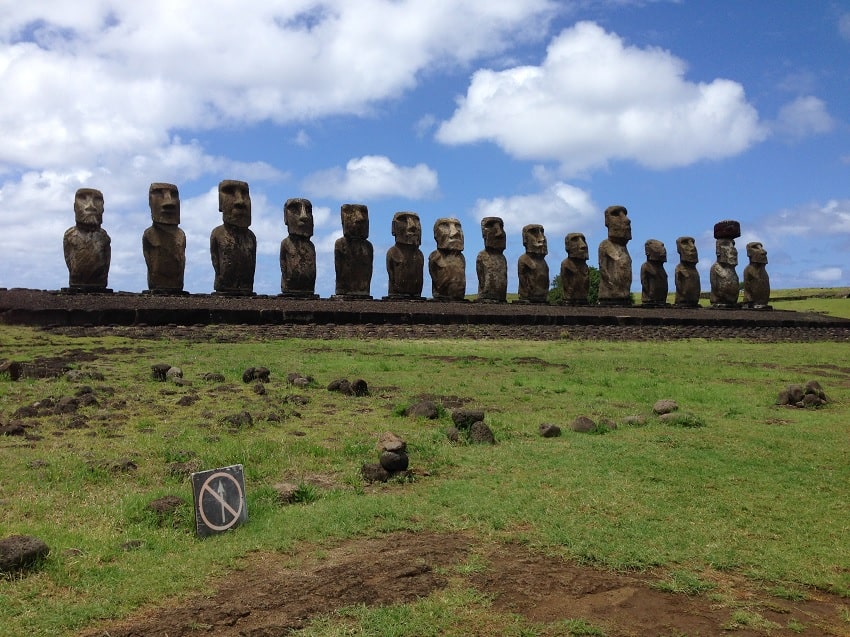
Despite the unanswered questions, the enduring allure of the Moai statues is undeniable. These silent sentinels continue to spark the imagination of visitors from around the world. Efforts are ongoing to preserve these remarkable monuments and unravel the mysteries of the civilization that created them. The Rapa Nui National Park, established in 1935, protects the Moai statues and other cultural sites on Easter Island. Conservation efforts focus on preventing further erosion and restoring damaged statues. Research projects continue to delve deeper into Easter Island’s past, utilizing advanced technologies and collaborating with the Rapa Nui people themselves to ensure their cultural heritage is preserved.
The story of the Moai statues is a reminder of the ingenuity and resilience of the human spirit, even in the face of environmental and social challenges. While the reasons behind the decline in Moai production may never be fully understood, these enigmatic monuments continue to stand as a powerful symbol of a lost civilization and a source of endless intrigue.
A Journey Through Time: Visiting Easter Island and Its Silent Sentinels
Easter Island, with its enigmatic Moai statues, has become a bucket list destination for travelers and archaeologists alike. These colossal figures, imbued with history and mystery, beckon explorers to unravel their secrets and stand in the presence of a civilization long gone. But Easter Island offers much more than just the Moai. This remote island boasts a unique culture, stunning landscapes, and a palpable sense of wonder that leaves a lasting impression.
For those fortunate enough to visit Easter Island, experiencing the Moai statues firsthand is an unforgettable encounter. The most famous location is Rano Raraku, a volcanic quarry where hundreds of Moai stand in various stages of completion, offering a glimpse into the carving process. Ahu Tongariki, with its row of 15 statues facing the rising sun, is another awe-inspiring sight. Standing beneath these monolithic figures, the sheer scale and craftsmanship leave you pondering the questions that have lingered for centuries: How were they moved? What purpose did they serve?
Delve deeper into the mysteries of ancient wonders on Mystery Uncover, where we explore the enigmatic realms of history, archaeology, and mythology. From the towering Moai statues of Easter Island to the timeless allure of the Great Pyramid of Giza, our articles offer captivating insights into humanity’s most perplexing puzzles. Beyond the Moai, Easter Island offers a captivating glimpse into Rapa Nui culture.

Beyond the Moai, Easter Island offers a captivating glimpse into Rapa Nui culture. Explore the ceremonial village of Orongo, associated with the Birdman cult, and imagine the intensity of the competitions held there. Visit the restored village of Mataveri, where traditional Rapa Nui houses offer a window into the daily lives of the islanders. Delve into the vibrant Rapa Nui art scene, where contemporary artists reinterpret their heritage through colorful sculptures and paintings.
However, a trip to Easter Island is not just about sightseeing. It’s an opportunity to connect with a unique culture and a fragile ecosystem. Travel responsibly by respecting local customs and traditions. Support locally-owned businesses and participate in cultural experiences offered by the Rapa Nui people themselves. Remember, you are a guest on this sacred island, and your actions can contribute to its preservation.
The allure of Easter Island goes beyond the imposing Moai statues. It’s a place where history whispers on the wind, where the spirit of a bygone era lingers, and where unanswered questions spark the imagination. So, are you ready to embark on this journey through time? Start planning your Easter Island adventure and prepare to be captivated by the island’s beauty, mysteries, and the enduring legacy of its silent sentinels. And don’t forget to share your experiences and learnings – every new discovery adds another piece to the puzzle of Easter Island’s fascinating story.
Frequently Asked Questions (FAQs)
1. What are the Moai statues?
The Moai statues are colossal human figures carved from volcanic ash on Easter Island. These monolithic statues stand as a testament to the engineering feats and rich cultural traditions of the Rapa Nui people.
2. When were the Moai statues built?
The exact dating of Moai construction is still debated, but it’s estimated to have occurred sometime between the 12th and 15th centuries.
3. Why did the Easter Islanders stop building Moai statues?
The reasons behind the decline of Moai production remain a mystery, but several theories exist. This article explores deforestation, the rise of the Birdman cult, and internal conflicts as potential contributing factors.
4. Can I visit Easter Island and see the Moai statues?
Yes! Easter Island is a popular tourist destination known for its Moai statues. The article’s later section, “A Journey Through Time: Visiting Easter Island and Its Silent Sentinels,” provides details on visiting the island and experiencing these remarkable monuments firsthand.
5. What is the cultural significance of the Moai statues?
The Moai statues are believed to represent deified ancestors or powerful deities, serving as a link between the living and the spiritual realm. They were also a symbol of Rapa Nui authority and social status.


